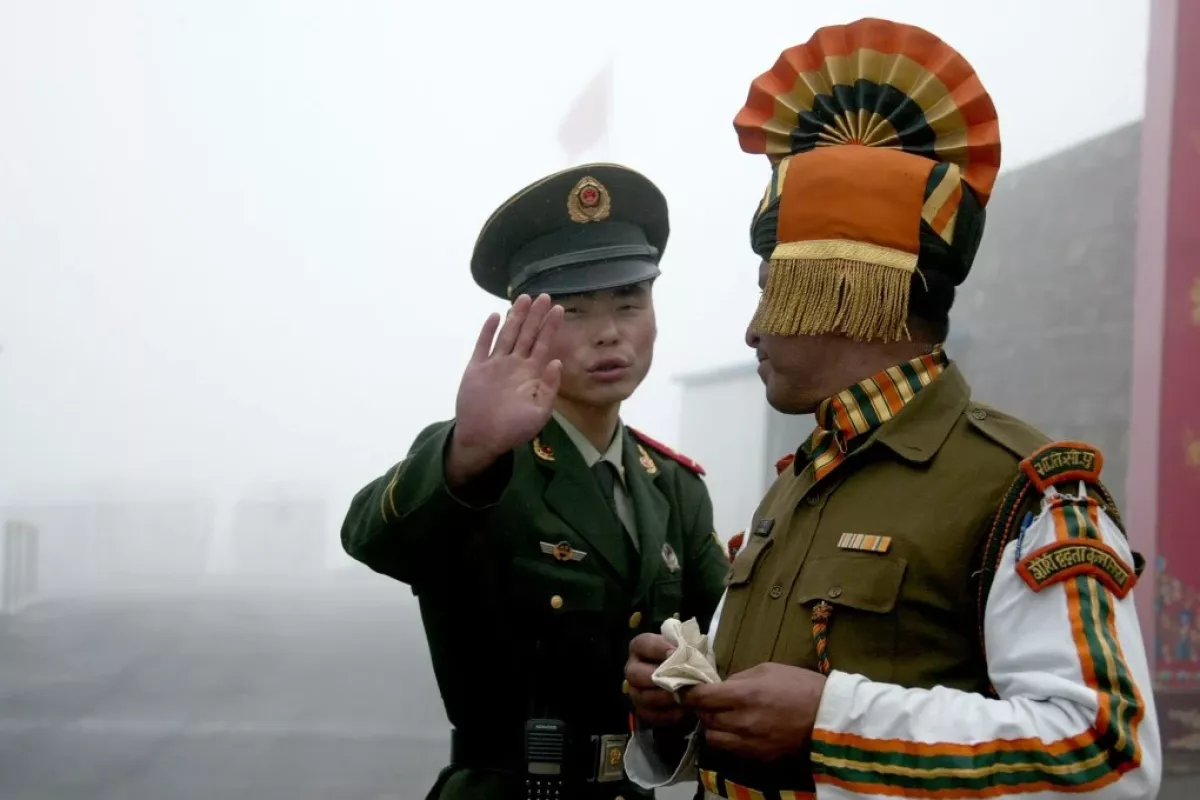Pensions, salaries eat up lion's share of India's defense budget
India's defense budget for 2025-26 has surged by 9.53%, reaching a record ₹681,210 crore ($78.8 billion). While over a quarter of this will be allocated to new military equipment, analysts argue that India needs a more strategic restructuring of its defense spending, which remains heavily weighted toward pensions and salaries.
Latest reports, including one by the Observer Research Foundation highlight that 72% of India’s defense budget is dedicated to salaries, pensions, maintenance, repairs, and infrastructure. An article by Breaking Defense argues that India must realign its expenditures based on the military threats posed by China and other actors in the region, as well as their own defense spending.
Experts told the journal that while India's overall defense budget has increased by almost 10%, the budget for new weapons has only grown by about 4.5%, which is lower than India’s inflation rate of at least 5%. India's defense budget as a percentage of GDP remains at just 1.9%, which experts called "unsustainably low" given the threats the country faces. The article highlights growing concerns about India’s ability to secure its border with China, maintain troop deployments since 2020, and contribute to maritime security in the Indian Ocean.
One of India’s biggest challenges remains the Line of Actual Control (LAC), a segment of the two countries' border which is ill-defined in the Himalayan region. The deadly 2020 clash in the Galwan Valley, where 20 Indian and at least four Chinese soldiers were killed, demonstrated the volatility of the region. The article's authors believe India can just about maintain control over its borders, but only with significant improvements in its military capabilities. According to them, India urgently needs advanced drones, air defense systems, tanks, fighter jets, and helicopters.

India’s defense procurement strategy is also expected to be influenced by changing geopolitical dynamics, particularly its relationship with the US President Donald Trump who has previously pressured India to increase purchases of American-made security equipment while also threatening tariffs on Indian goods. With Prime Minister Narendra Modi scheduled to visit Washington on February 13, discussions on military acquisitions are expected to be a key focus.
Despite India's push for defense indigenization, many of the advanced systems the country needs will still come from foreign suppliers. The article predicts that India will make significant high-value defense acquisitions in the coming years to appease US concerns and deepen security ties.
Overall, while India’s defense budget has reached new heights, experts argue that unless spending priorities shift toward modernization and capability enhancement, India may struggle to effectively address its growing security challenges.
By Nazrin Sadigova








